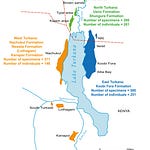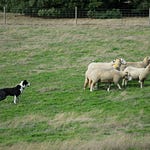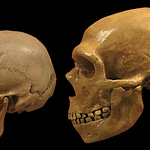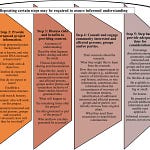The Moment a Story Took Shape in Clay
Twelve thousand years ago, at a settlement above the Sea of Galilee, someone pressed a fingertip into soft clay and left behind more than a mark. That impression, still preserved on a miniature sculpture from Nahal Ein Gev II in northern Israel, carries the trace of a moment when early communities began stretching artistic expression toward narrative, belief, and myth.
The figurine is small enough to disappear in the palm of a hand. Yet it depicts something unexpectedly elaborate: a crouching woman with a goose poised on her back. The scene is naturalistic, expressive, and deeply unusual for its time. Most Late Natufian imagery leaned toward abstraction, geometric forms, or stylized animals. Here, the sculptor took a different path.
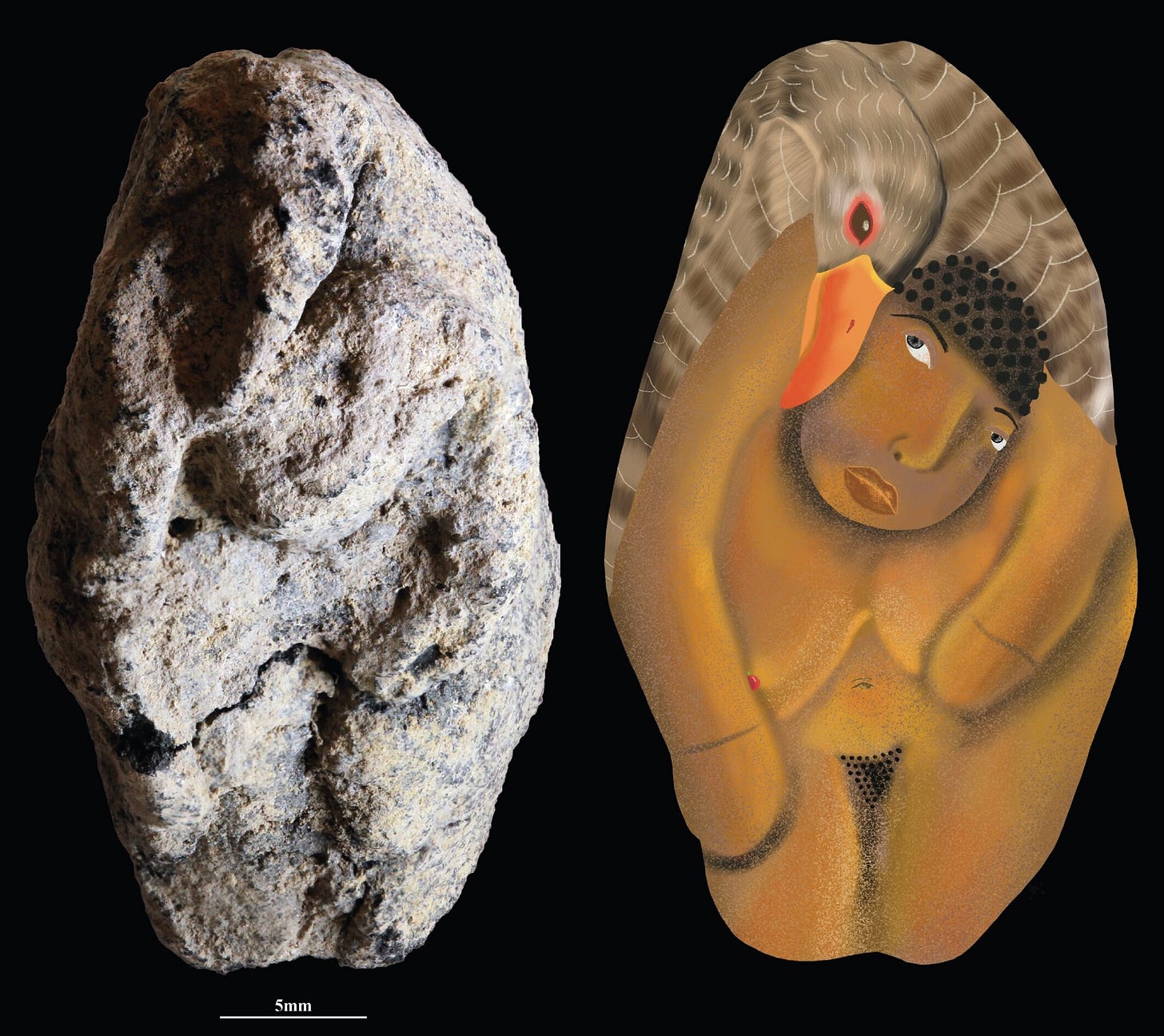
Researchers describe1 it as the earliest known figurine to show a human interacting with an animal and the earliest naturalistic representation of a woman in Southwest Asia. For a culture perched at the threshold of the Neolithic, those choices mattered. They reveal a rare moment in which symbolic experimentation met technical confidence, reshaping what storytelling through objects could be.
“This figurine sits at the intersection of daily experience and imagined worlds,” says Dr. Eliana Ben-Shahar, an archaeologist at Tel Aviv University. “Its composition implies a creative leap toward narrative, not merely depiction.”
Listen to this episode with a 7-day free trial
Subscribe to Anthropology.net to listen to this post and get 7 days of free access to the full post archives.


